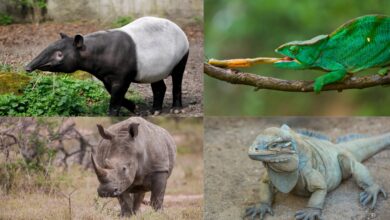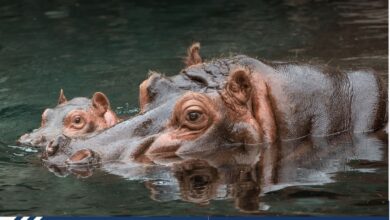Can sloths swim Also? (Surprising fact)
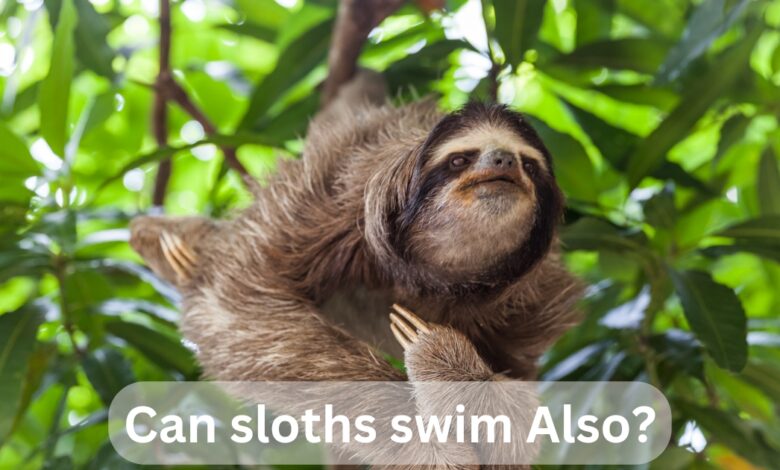
Can sloths swim Also? (Surprising fact)
Sloths, renowned for their unhurried lifestyle, belong to the family Bradypodidae and inhabit the rainforests of Central and South America. With a distinctive slow-motion existence, these arboreal mammals have adapted to spend the majority of their lives hanging upside down from tree branches.
Characterized by their iconic long limbs and a specialized diet of leaves, sloths have a unique metabolism that thrives on their leisurely pace. Despite their seemingly laid-back demeanor, sloths play a crucial role in maintaining the ecological balance of their lush habitats, making them intriguing subjects in the diverse tapestry of the animal kingdom.
Why sloths need to swim?
Sloths are not known for their swimming abilities, and in fact, they generally avoid bodies of water. The structure of their fur makes swimming a challenge as it becomes heavy and hampers their movement when wet. Additionally, their slow metabolism and specialized diet primarily consisting of leaves limit their energy levels, making swimming less practical for them.
While some animals have adaptations for swimming, sloths are adapted to a life in the trees, where their slow movements and long limbs help them navigate branches with ease. Swimming is not a natural behavior for sloths, and they are more comfortable and well-suited for an arboreal lifestyle.
In Amazon when the water level rise they can swim actively to eat their favorite tree petals. However, They are born to live comfortably on trees.
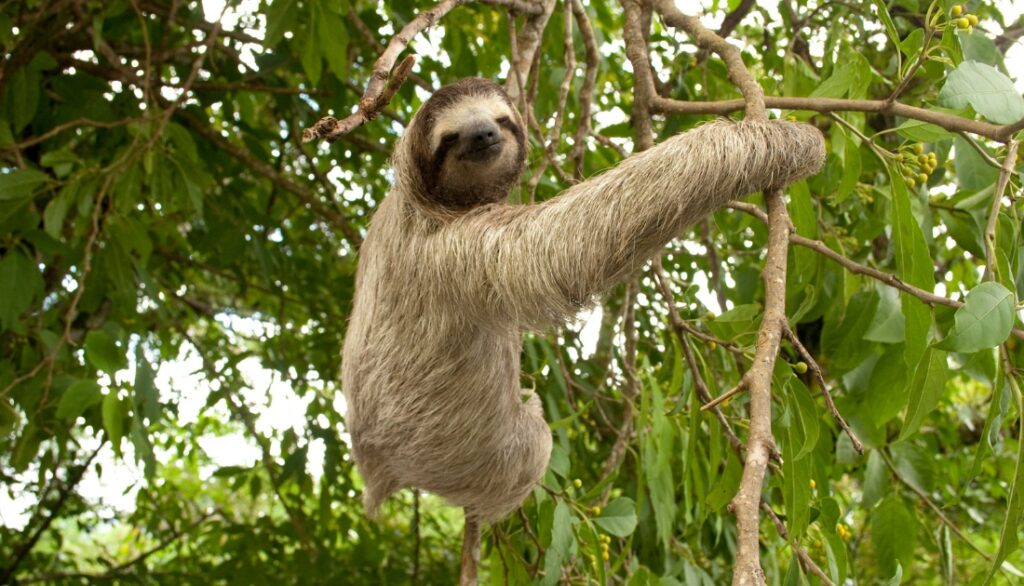
How sloths breath underwater?
Sloths are not adapted for breathing underwater. They are primarily tree-dwelling mammals and are not equipped with physiological features for aquatic respiration. Sloths are known for their slow movements and low metabolism, and they spend the majority of their lives in trees.
See Also: How Do Sloths Protect Themselves? (Explained)
Unlike some amphibians or aquatic mammals, sloths do not possess the necessary adaptations for underwater breathing, such as gills or specialized respiratory systems. Their respiratory system is designed for breathing air, and they rely on their lungs to extract oxygen.
If a sloth were submerged underwater, it would face challenges due to its lack of underwater adaptations. In general, sloths are not capable of breathing underwater, and such a situation would be detrimental to their health.
Do sloths always live in pair?
Sloths are typically solitary animals and do not form permanent pairs. They lead a predominantly solitary lifestyle, with individuals spending the majority of their time alone in the trees. While sloths may interact briefly during mating or when a mother is caring for her young, their social interactions are generally limited.
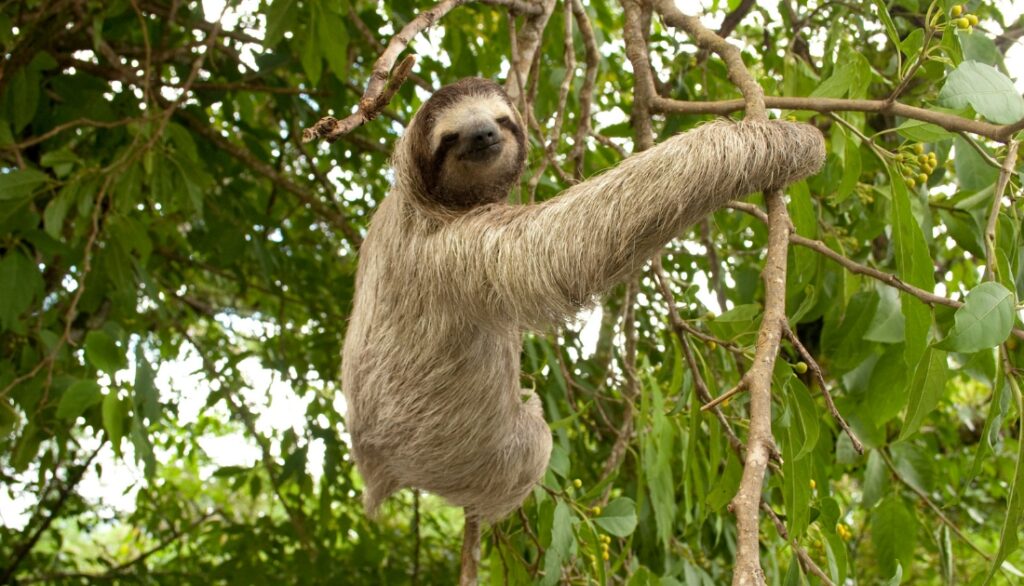
These solitary habits are attributed to the sloth’s slow metabolism, low-energy diet, and specific ecological niche in the treetops. The slow-paced lifestyle and energy conservation strategies of sloths make them well-suited to an independent existence. Therefore, they do not exhibit the social behaviors commonly seen in species that live in groups or pairs.
See Also: 15 different types of amphibians other than Frogs
How long sloths live with a baby?
Sloths exhibit a unique approach to parenting, with mother sloths caring for their offspring intensively for an extended period. A baby sloth, or slothlet, typically remains with its mother for approximately six months to two years, depending on the species. During this time, the mother imparts crucial survival skills to her young, teaching them how to navigate the canopy, identify suitable food sources, and develop independence.
The exact duration of this maternal care varies among sloth species. Three-toed sloths, such as the brown-throated sloth, tend to stay with their mothers longer, sometimes up to two years, while two-toed sloths, like the Linnaeus’s sloth, may become more independent after around six months.
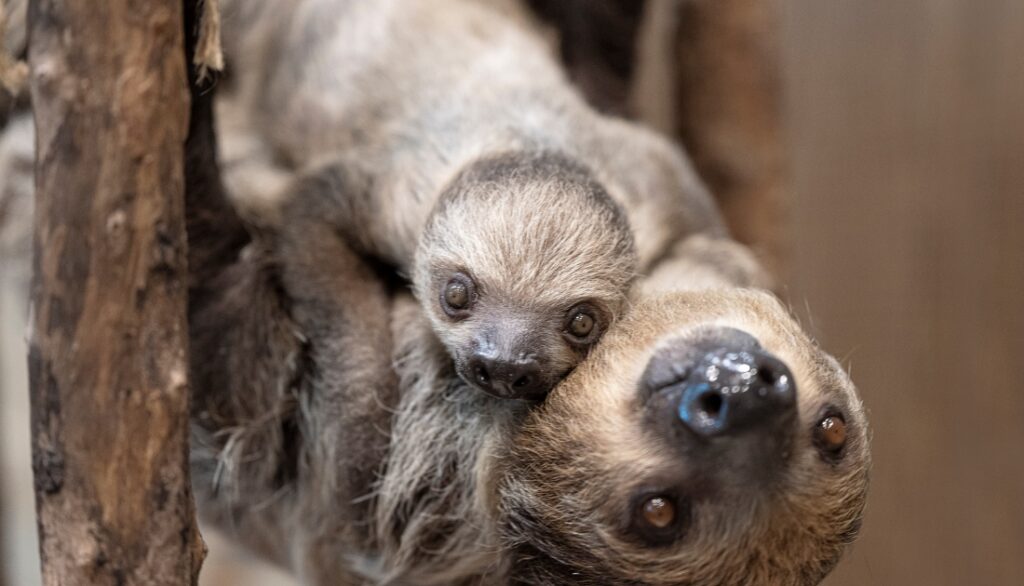
This extended period of maternal care contributes to the slow reproductive rate of sloths and highlights the significance of learning complex skills needed for survival in their arboreal habitats. The bond between mother and slothlet plays a crucial role in ensuring the young sloth’s ability to thrive in the wild.
In conclusion
Sloths are fascinating creatures known for their slow-paced lifestyle, arboreal habitats, and unique adaptations. These tree-dwelling mammals have captured the curiosity of many with their deliberate movements, specialized diets, and intriguing behaviors. Despite their seemingly laid-back demeanor, sloths play crucial roles in their ecosystems, contributing to forest health and biodiversity.
While their unhurried nature may make them appear simple, sloths are well-adapted to their environment, showcasing the diversity and complexity of life in the animal kingdom. The charm of sloths lies not only in their unhurried movements but also in the mysteries that surround these remarkable creatures.
